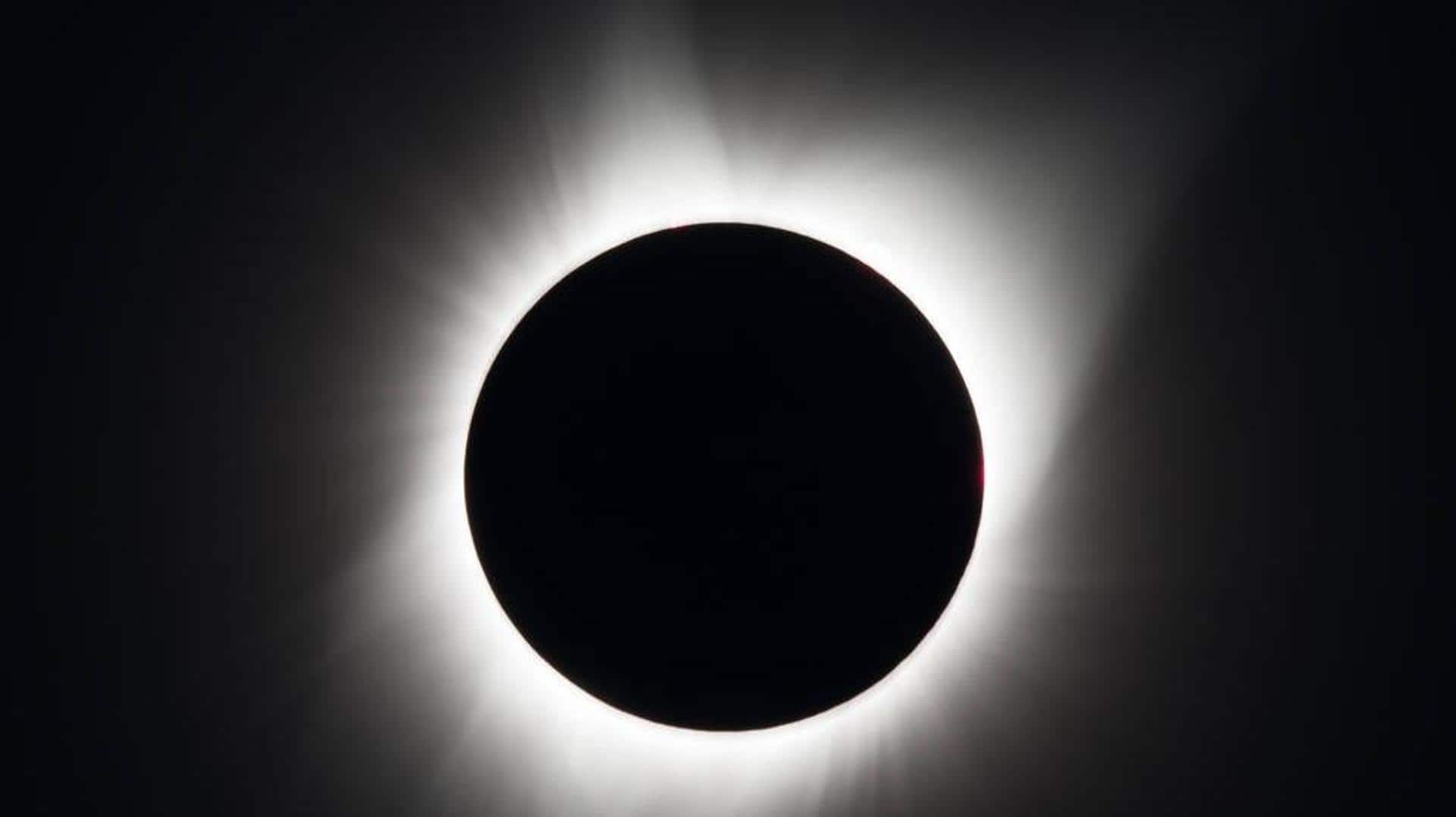
Rare hybrid solar eclipse will occur on April 20
What's the story
A rare hybrid solar eclipse will take place on April 20. The event, which occurs only a few times every century, will be visible from parts of the Pacific Ocean and the Indian Ocean. Depending on the location, the Moon will appear to completely cover the Sun while in other places, viewers can see a ring of light around the Moon.
Types
What is a solar eclipse?
A solar eclipse occurs when the Sun, Moon, and Earth align, either completely or partially. In a total solar eclipse, the Moon completely blocks out the Sun. In an annular solar eclipse, since the Moon is about or at its farthest distance from Earth, it does not completely cover the Sun. The Moon appears as a dark disc, surrounded by a ring of light.
Types
How different is a hybrid solar eclipse?
In a partial solar eclipse, the Sun, Moon, and Earth are not perfectly aligned. As a result, only a part of the Sun will be covered, which gives it a crescent-shaped appearance. Since the Earth's surface is curved, sometimes an eclipse can transition between annular and total as the Moon's shadow moves across the planet, giving rise to a hybrid solar eclipse.
Visibility
The hybrid solar eclipse will not be visible in India
The hybrid eclipse will be observable from western Australia, East Timor, and eastern Indonesia. It will not be visible from India. The rare event is also called the Ningaloo eclipse since it will be best visible from the Ningaloo coast in Australia. It will begin at 7:06am IST on April 20 and end at 12:29pm IST.
Riming
Here's how you can watch the event
The event will appear as a partial eclipse for some countries including the French Southern Territories, where 93% of the Sun will be blocked, and the Marshall Islands, where 95% of the Sun is obscured by the Moon. In Papua New Guinea, 87% of the Sun will be eclipsed. You can also watch the live stream of the event on timeanddate's YouTube account.
Information
The last hybrid solar eclipse occurred almost a decade ago
The last time a hybrid solar eclipse occurred was almost a decade ago on November 3, 2013. After this month, the next such event will occur in November 2031. After that, the next hybrid solar eclipse will occur 133 years later sometime in March 2164.